MS Sibajak MR &
Use Google Chrome for this Web Page to load perfectly!
Click the logo above to reach ssMaritime FrontPage & Featured ships
Please Note:
All ssMaritime and other related maritime & cruise sites are 100%
non-commercial and privately owned. Be assured that I am NOT associated with
any shipping or cruise companies or travel or cruise agencies, etc! Although
having been in the passenger shipping industry since 1960, I am now retired but
having completed features on well over 1,350 Classic Liners and
Cargo-Passengers Ships, I trust these will continue to provide you the classic
ship enthusiast the information you are seeking, but above all a great deal of
pleasure!
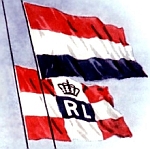
Page Eight
Immigrate to
On the MS Sibajak
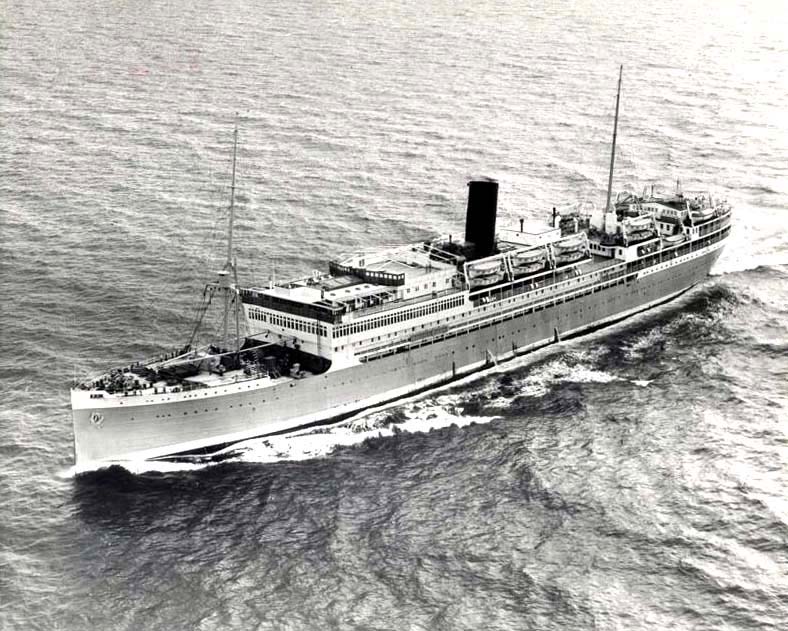
A fine aerial view
of the MS Sibajak
Based on the memories of his Mother Gisela
Please
Note: All copy in
italics is by the, author of ssMaritime.com.
Introduction:
Voyage 113
was rather a rather special sailing as we will discover later, and for this
voyage the Sibajak was under the command of - Captain J.
Just prior to
this Voyage the Sibajak received some minor alterations in
Carl Story
October 24, 1949:
Yet, it all commenced with a troublesome start
right at the Station at Neumünster in Schleswig Holstein. For some reason the
train from
October 25:
Upon arrival at
MS Sibajak1 left her berth at 08.09 pm on
Tuesday October 25, 1949 and as she departed the ship gave the three
traditional farewell blasts from her horn on the funnel. There were those
ashore waiving with colourful paper streamers blowing in the wind and as the
ship slowly moved from her berth, as the streamers broke, the link from those
on the ship and those ashore were suddenly broken. Many were crying as they
said goodbye as they departed
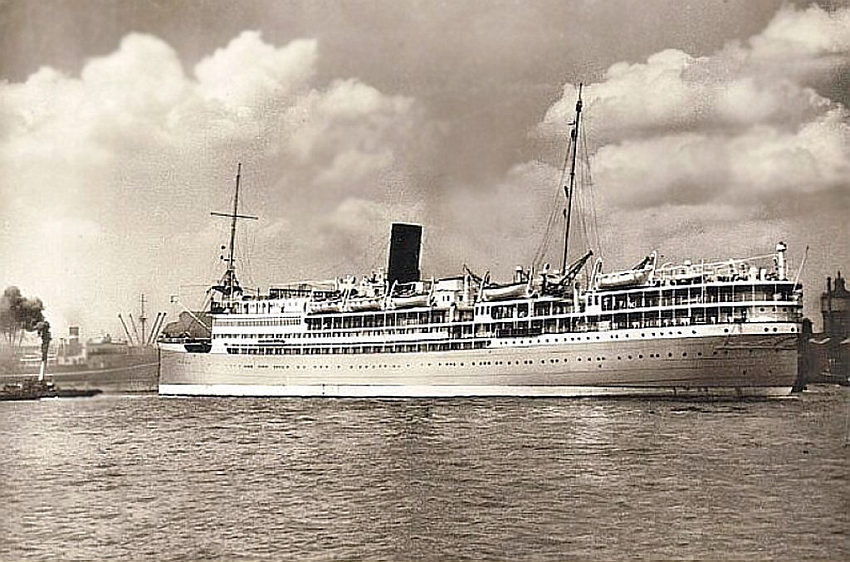
The Sibajak
departs
Some would
have an early night, but others would enjoy some relaxation time in one of the
lounges and bars and mingle with other passengers, and soon new friendships
would be made.
The Sibajak
departed
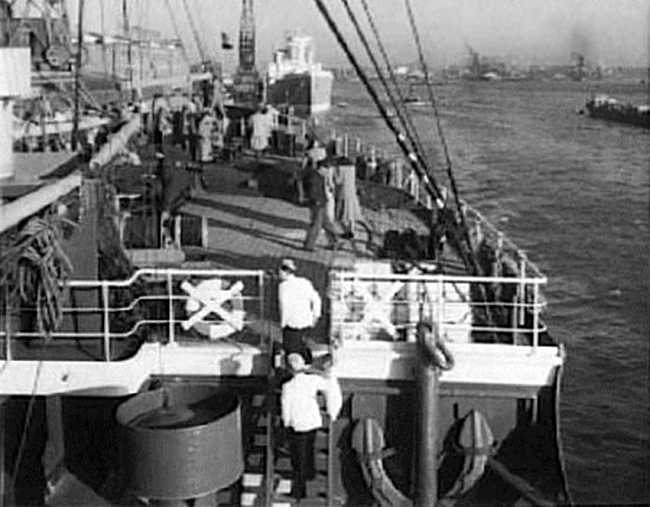
Passengers seen up
on the Foc’s’le during departure from
October 26:
During the night the storm that had been forecast proved to be
a powerful south-westerly storm, and in those days ships like the Sibajak did
not have stabilizers’ and thus with these wild winds and huge waves the
ship was pitching and rolling so badly that the crew were forced to place the
steel covers on all the portholes in the hull, for the waves were that severe!
All side decks were closed to passengers. Ropes were tied along all passageways
to aid passengers to and from, bathrooms, and the Dinning Room, as well as
better the Lounges where there was ample fresh air and a glassed in Promenade Deck, and in this
kind of weather, wherever there is fresh air that is the best place to be!
However, the ship was heading for the
Third Class passengers slept in dormitories, with men and
women separately. Apparently Gisela had to sleep in a large cabin close to the
bow with 7 other women.
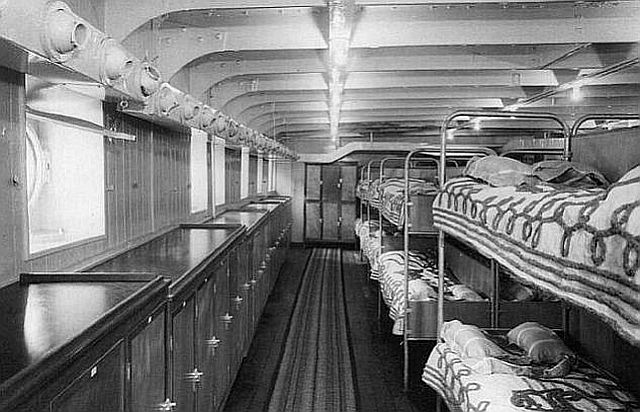 ---
---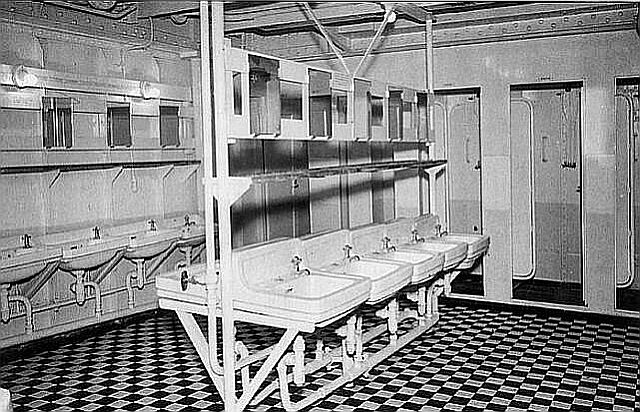
A typical 6 or 8 berth cabin which was still very good and comfortable, with ample wardrobe space at the end, as well as cupboards on the side
We also see a communal ladies bathroom with showers - there were also individual bath rooms available
(ssmaritime.com)
A little later, due to a storm in the
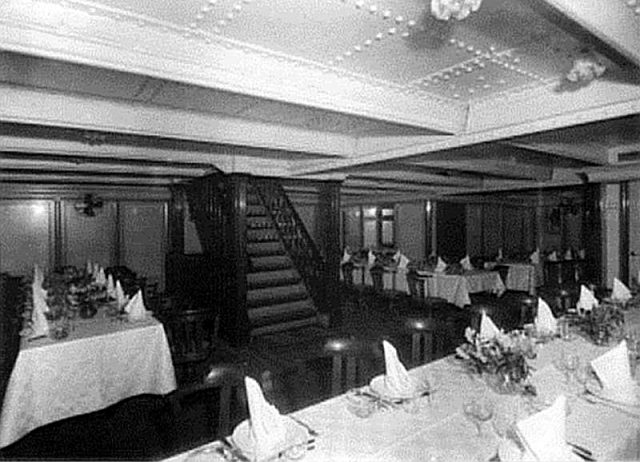 ---
---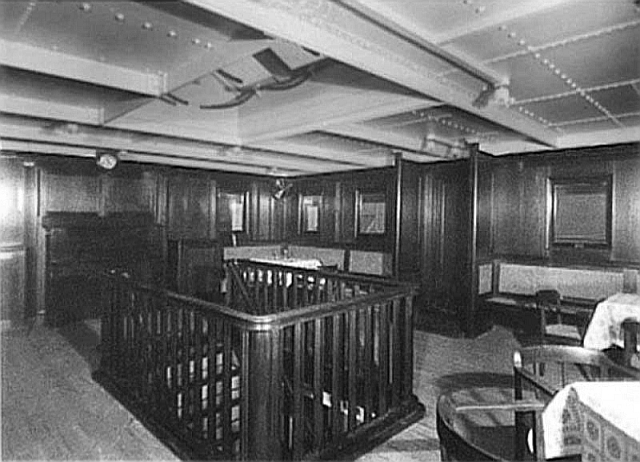
The Third Class Dining Room is seen set up for the Gala Night, and the Smoking Room - the stairs, are between the two venues
(ssmaritime.com)
During the rough sea you could find vomit
almost nearly everywhere and although the crew were just amazing as they
constantly cleaned it up, but many people continued to be sick! As
October 27:
The weather soon cleared up and the crew quickly washed and
scrubbed all the decks making it salt free for the ocean had washed all over
the ship in yesterday’s wild storm! From today through the 30th.the sun
shone brightly and the weather was perfect and everyone was able to enjoy all
the ships facilities!
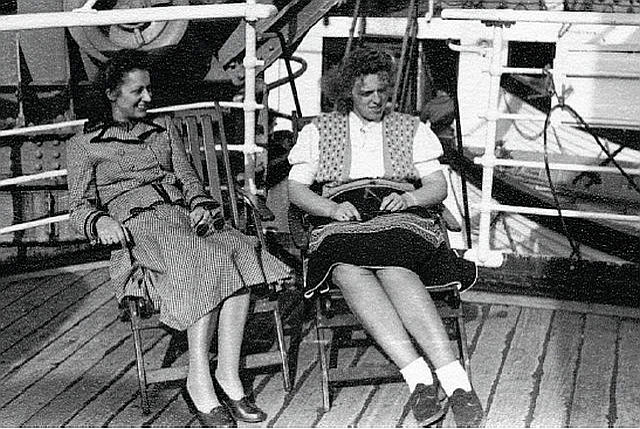 ---
---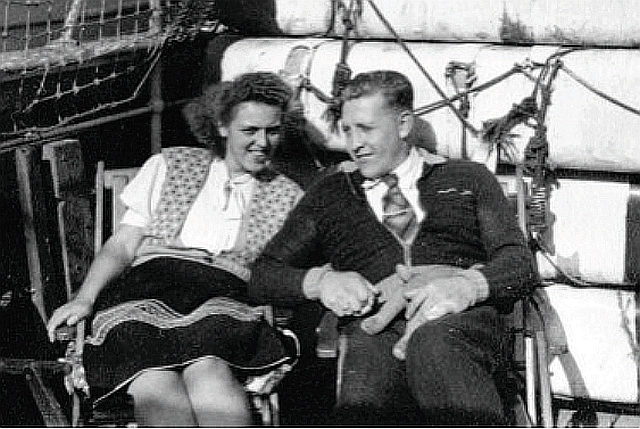
Gisela seen with
her friend relaxing on deck - Gisela and
The two women could be seen very often
chatting about everything. Furthermore they got know a good number of other
passengers, for instance they met;
Also,
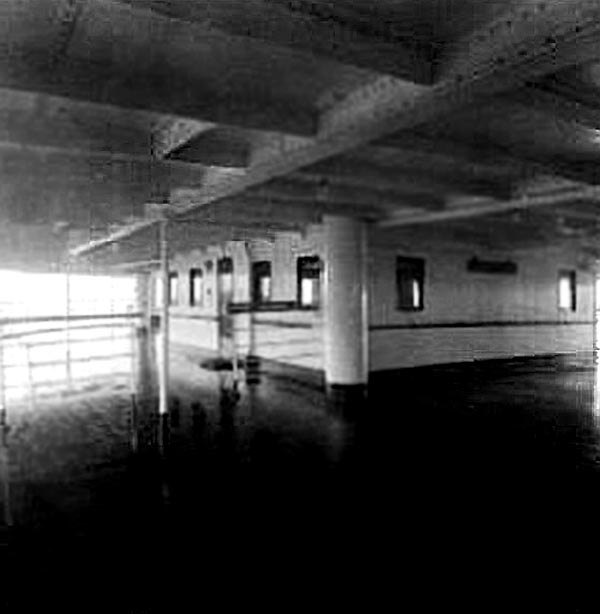
The Third Class
Promenade Deck
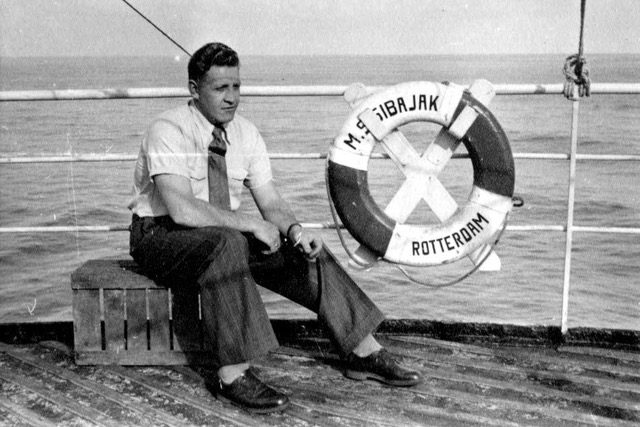 ---
---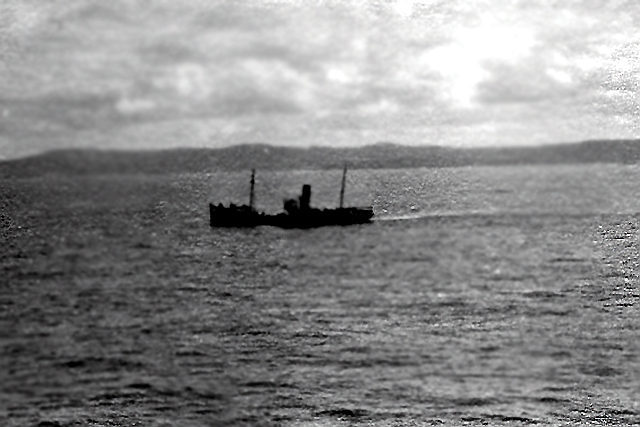
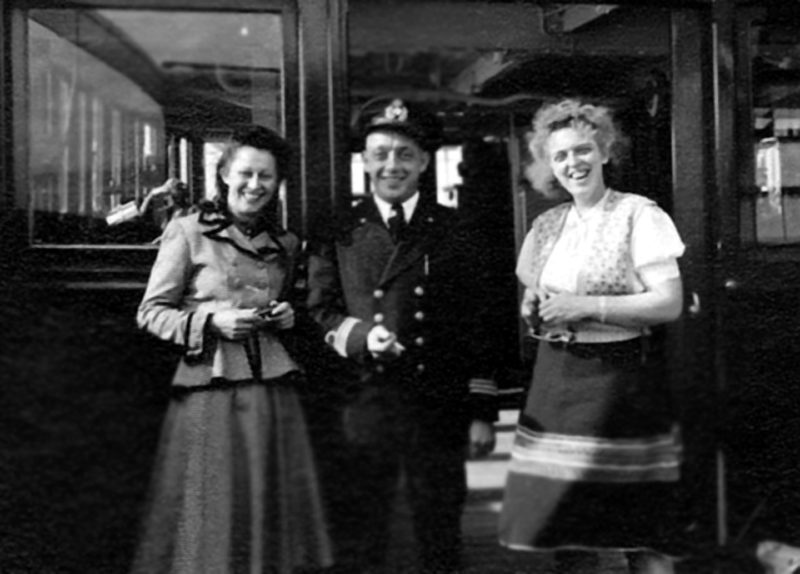
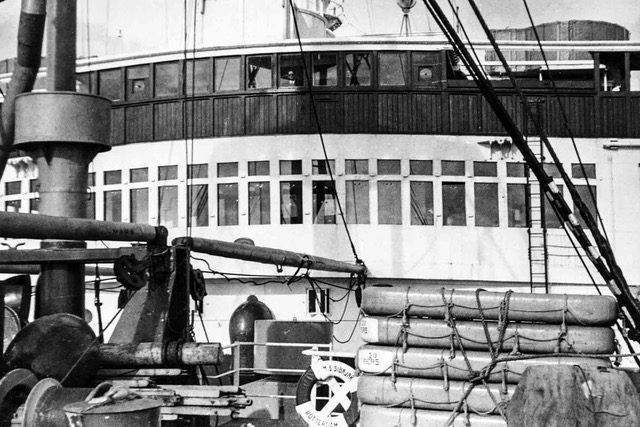
A view from the Foc’s’le towards the ships Bridge (ssmaritime.com)
October 28:
The Sibajak arrived at
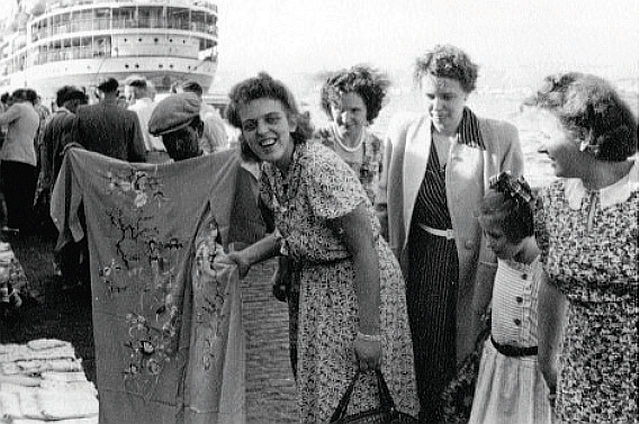
In market, the Sibajak waiting in the back
Having finished in the market, they decided to
take a big taxi together and take a nice tour through the city of
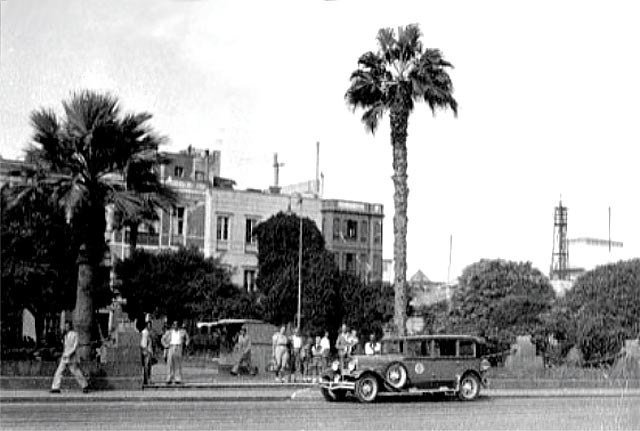 ---
---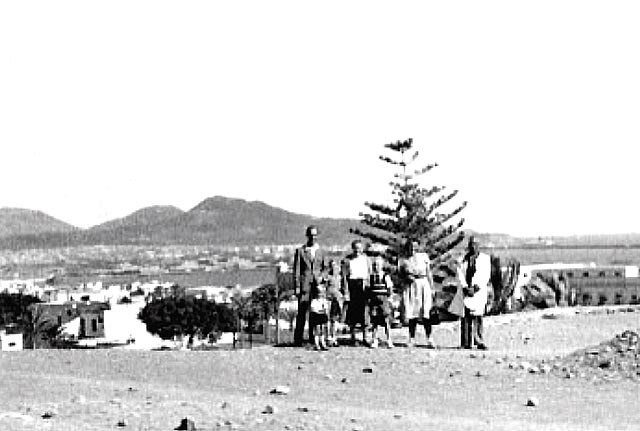
However, returning to the ship in their taxi was another matter for disaster struck as they gor in, and they almost missed the ship! What happened, once they got back into the taxi; “That nice old taxi just would not start”. Thus, the whole party had to get out and push the taxi in order to get it started. But in doing so, “that old thing made a big bang (backfire) with all of us being caught up in a lot of black smoke, and all our clothes were covered in filthy black soot, but at least the car was running. The driver rushed through the city and thankfully we reached the ship only just in time!”
The Sibajak
departed and she headed directly for
The weather was fine with warm sunny weather
every day, and everyone enjoyed this part of the voyage. Gisela was kept busy
knitting.
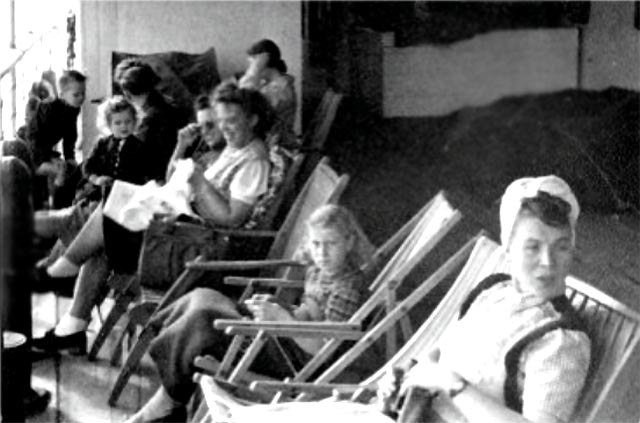 ---
---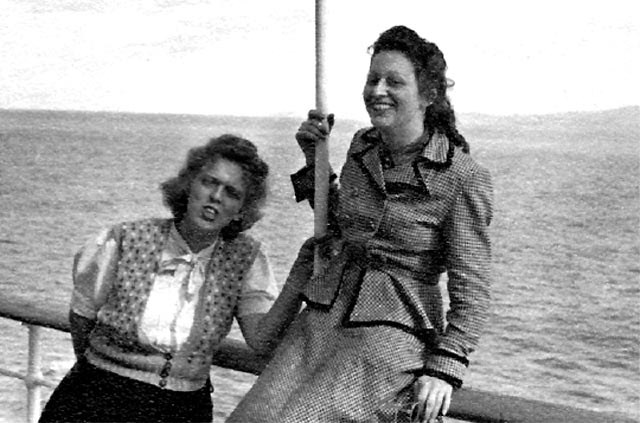
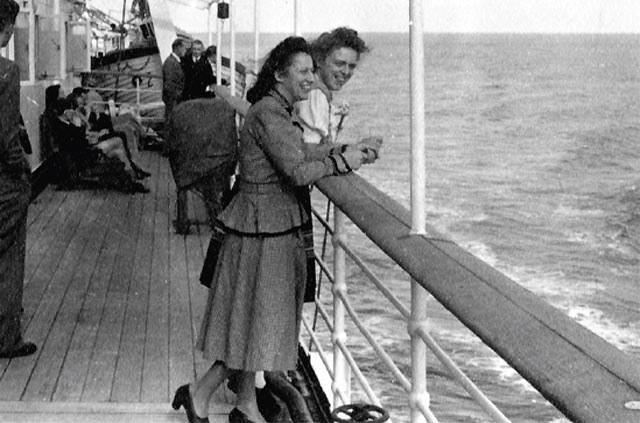 ---
---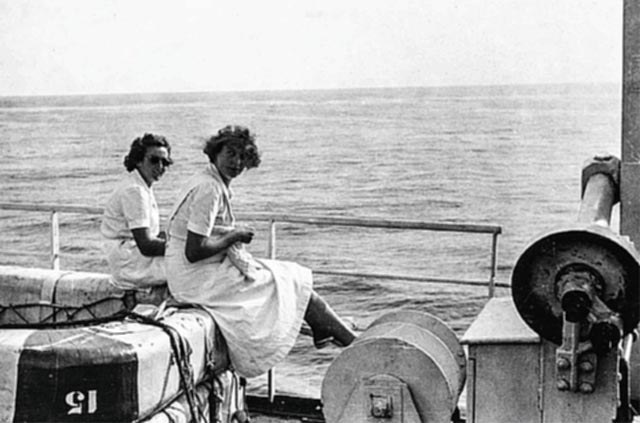
The first 3
photographs show
And two friendly ladies of the crew whilst they were off duty
“On some days the passengers could view
a movie, or there were dance parties into the Saloon, as well as other deck
games and sport activities. But, while the ship was rolling left to right,
people dancing would all go from to the other, and then all would come back
again, it was a big fun”. Gisela said;
Tuesday November 13:
Late in the afternoon the MS Sibajak arrived at her destination as she pulled in at Cape Town “Duncan Dock” Berth A. Passengers would remain aboard the ship overnight and enjoy their last evening on this fine old liner.
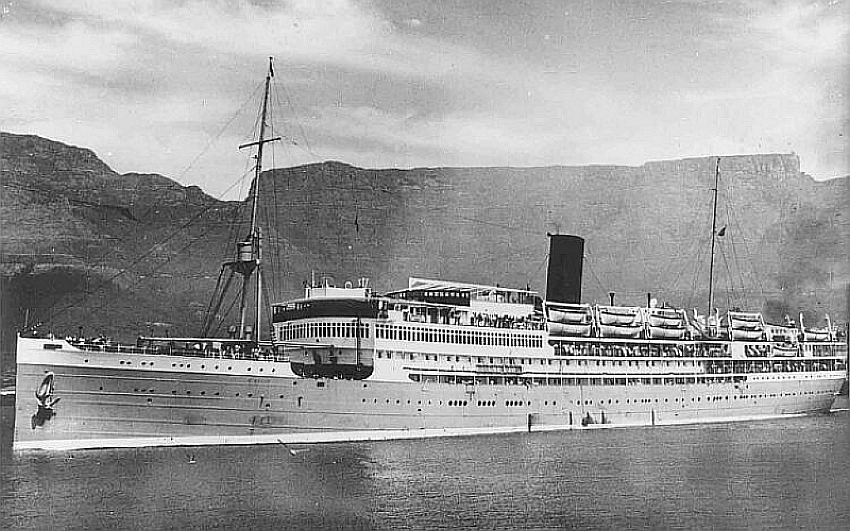
MS Sibajak is seen
arriving at
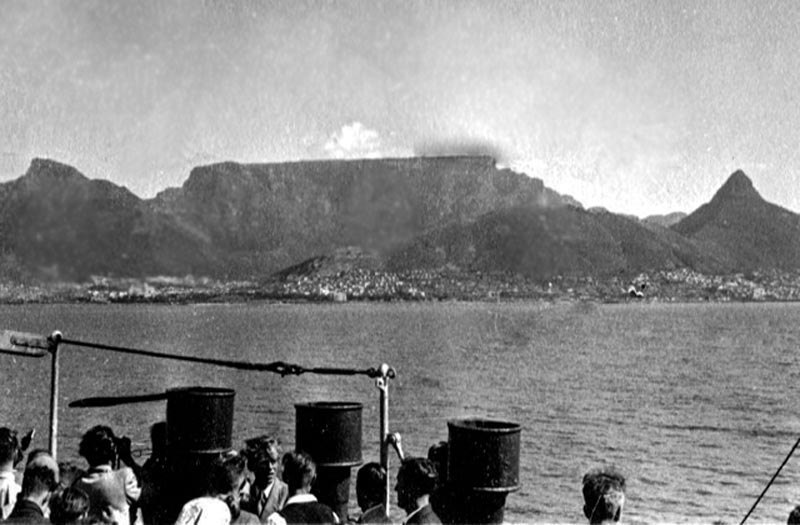
A photograph by
Wednesday November 14:
Having had a hearty breakfast, every one was made ready to disembark the ship in a pre-arranged orderly manner. Once all passengers had left the ship, her crew did as they always did, and cleaned the ship from end to end. Voyage 113 officially concluded at midnight.
Voyage 114:
Having reached
It was obvious that the enlisted men loved it on the Sibajak, for as private, Pt Joahannes van de Berg wrote in his day book during the voyage; “When we came on the Indrapoera, we had to sleep in hammocks below the waterline where it was either hot or cold, but here our bedding is just like in a hotel, with proper beds that are comfortable, and best still we are above the waterline. Also, the mess (food) is much better, and all this has made the camaraderie much better on board then it was on the other ship.”
MS Sibajak Details &
Specifications (1935 to 1952):
Yard:……………………….181.
Call Sign:…………………PSBQ.
In 1940:………………….PHMB.
Tonnage:…………………1935; 12,226 GRT (Gross Registered Tons).
………………………………..7,087 NW (Net Weight) 8,289 DW (Dead Weight).
Length:……………………161.54m - 529.11ft.
Breadth:………………….19.16m - 62.10ft.
Draught:………………….7.82m - 25.7ft.
Engines by:.............
Engine Type:…………..Motor Oil, 2-stroke single acting.
Cylinders:………………. 8.
Power:…………………….10,000 BHP.
Screws:……………………Twin.
Service speed:………..17 knots.
Passengers:…………….1935: 200 First, 250 Second & 75 in Third Class
………………………………..Can vary using 3rd & 4th (Military) Classes for special immigrant voyages.
Crew:……………………….489.
****************************

A fine painting of the MS Sibajak seen as built
By & © Dutch artist
Page Two: Brochures, Deck Plans, Photographs Menus and Memorabilia.
Page Two-b: The Ships Interiors, Deck by Deck.
Page
Three: The
Author’s voyage on the Sibajak from
Page
Three-b: The
Family Salden-Van Mulken sail to
Page
Four: Ships
Page Five: Family van
Page
Six: Family
van
Page
Seven: The
Nieborak Family’s voyage to
Page
Eight: Mr &
Also visit the Three other Dutch Liners on
the New Zealand - Australian Service
Please
Note: Email service to ssMaritime, is
sadly no longer available,
This is
due to the author’s old age and illness as well as being disabled, etc.
***********************************
“Blue Water Liners sailing to the distant
shores.
I watched them come, I watched them go and I watched them
die.”
Return to the ssMaritime MAIN INDEX
ssMaritime.com & ssMaritime.net
Please Note:
ssmaritime and associated sites are 100% non-commercial and the author seeks no
funding or favours of any shape or form, never have and never will!
Photographs on ssmaritime and associate
pages are by; the
author or from the author’s private collection. In addition there are
some images that have been provided by Shipping Companies and private
photographers or collectors. Credit is given to all contributors. However,
there are some photographs provided to me without details regarding the
photographer/owner concerned.
This notice covers all pages; although, and I have done my best to ensure that all
photographs are duly credited and that this notice is displaced on each page,
that is, when a page is updated!
ssMaritime is owned & © Copyright by
